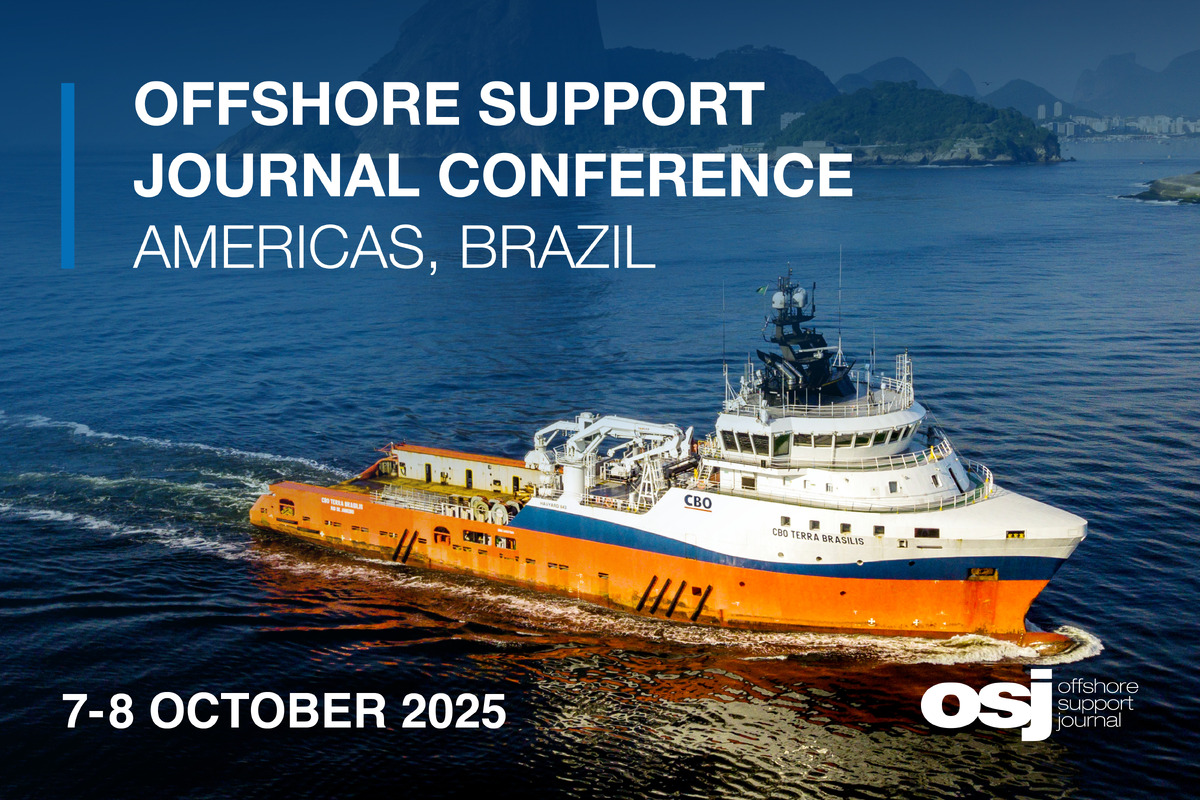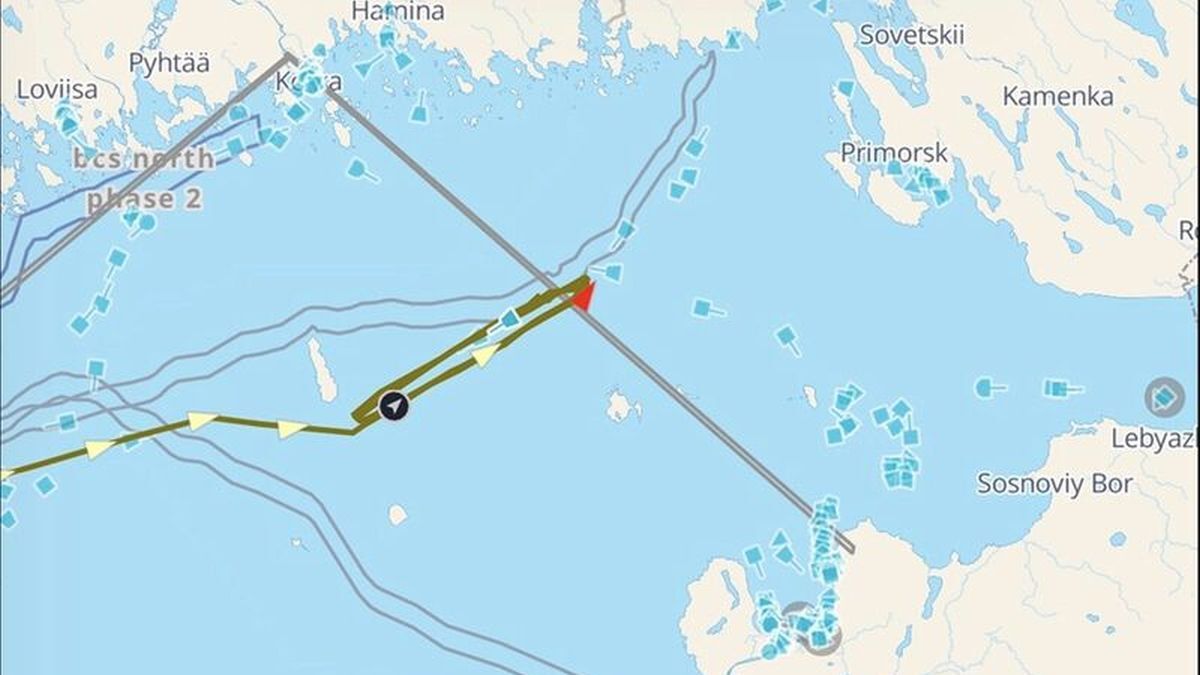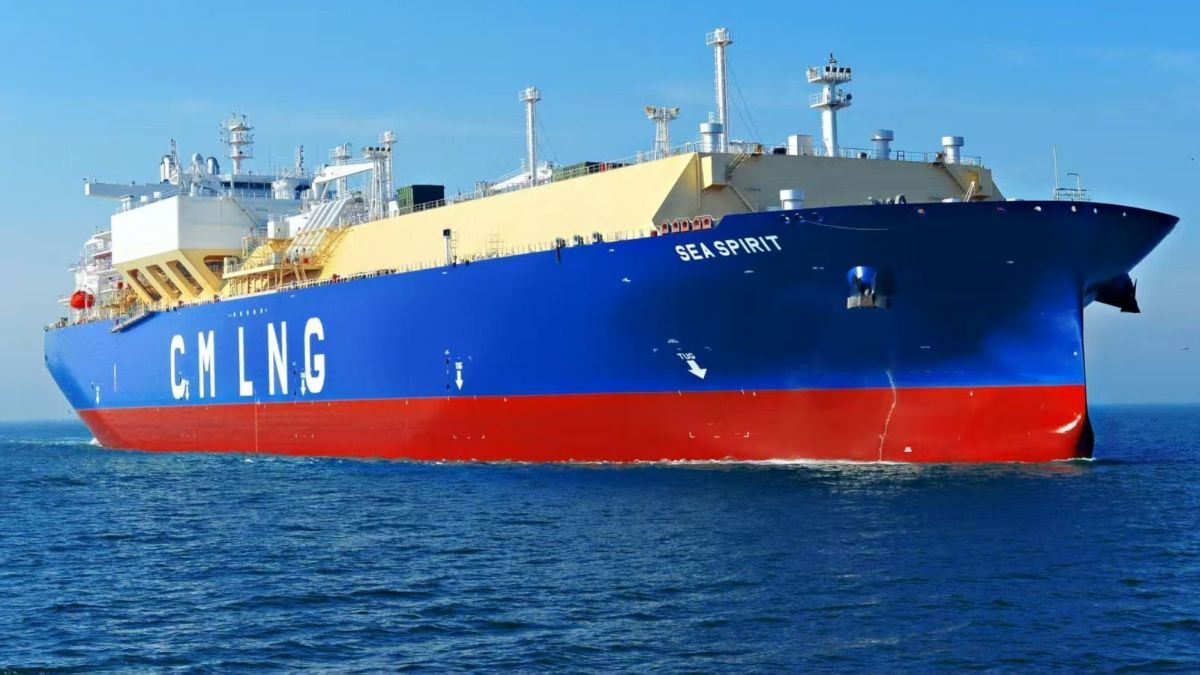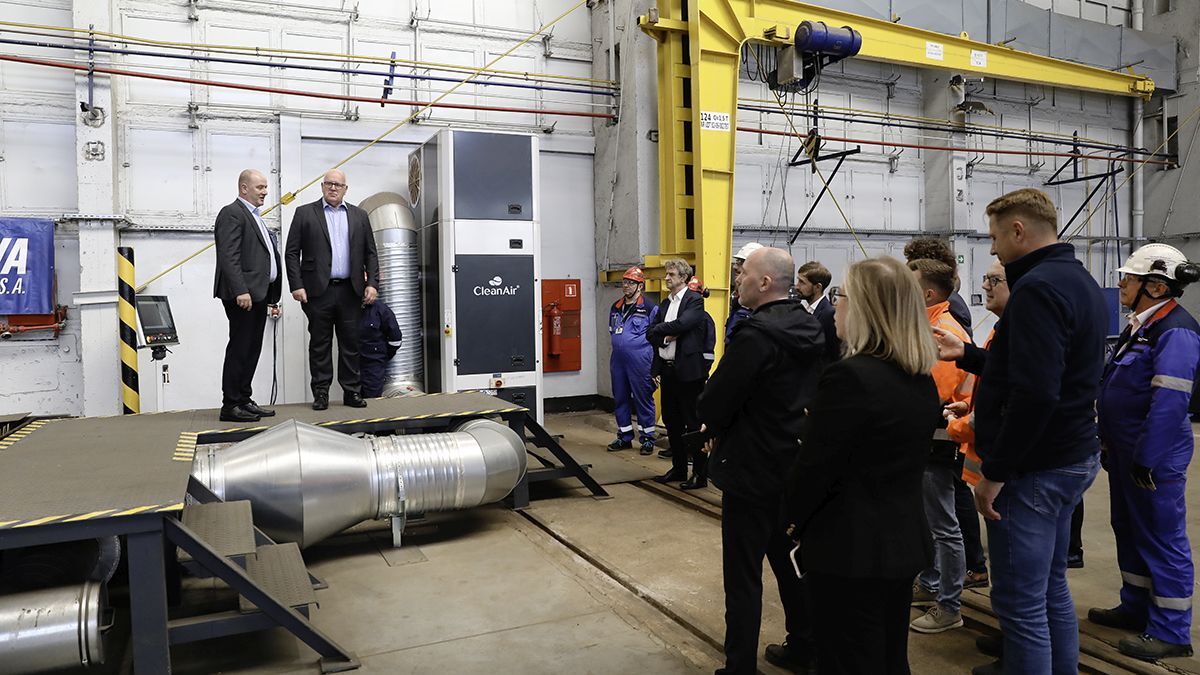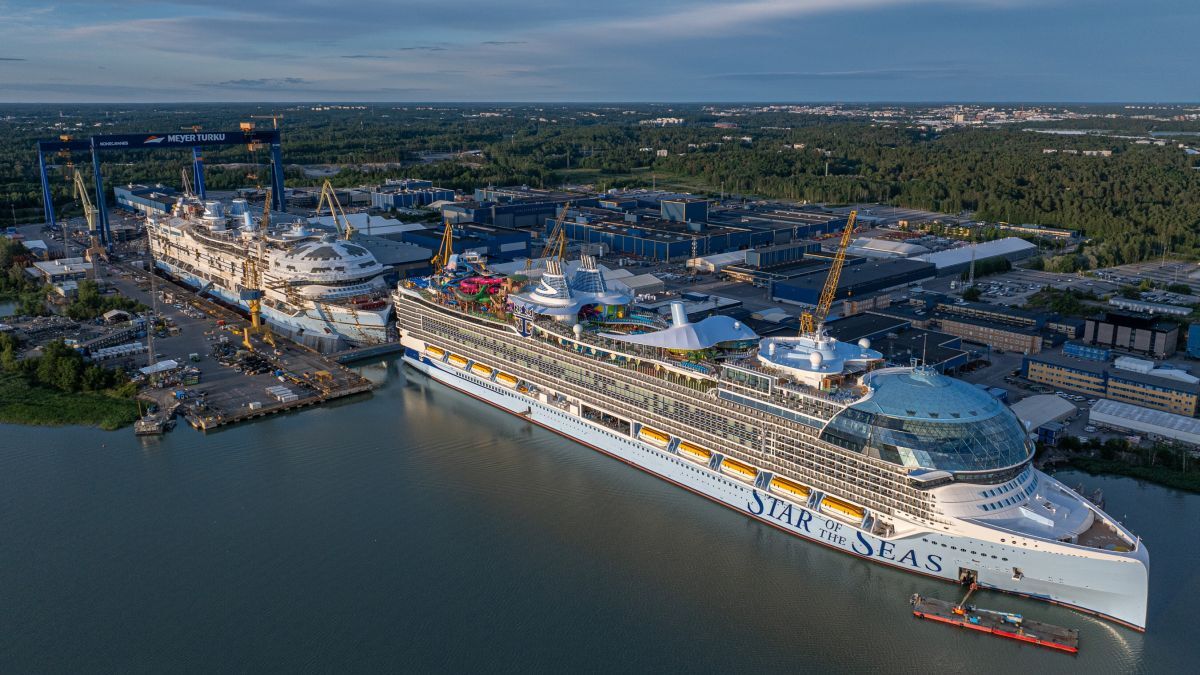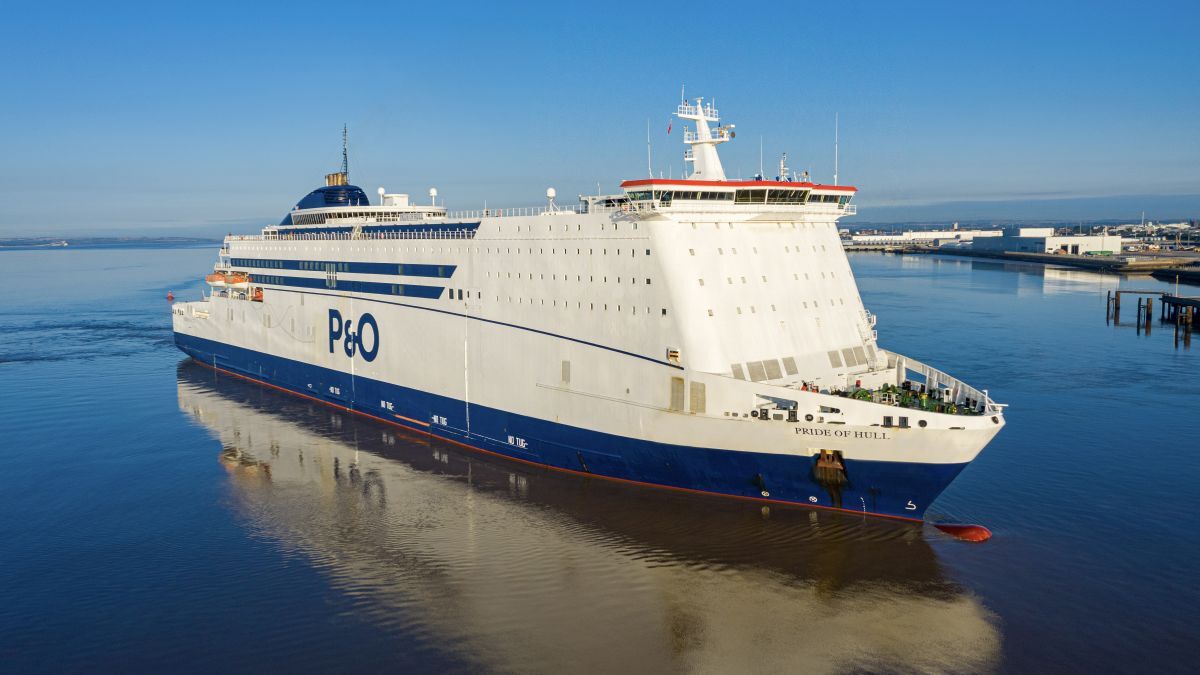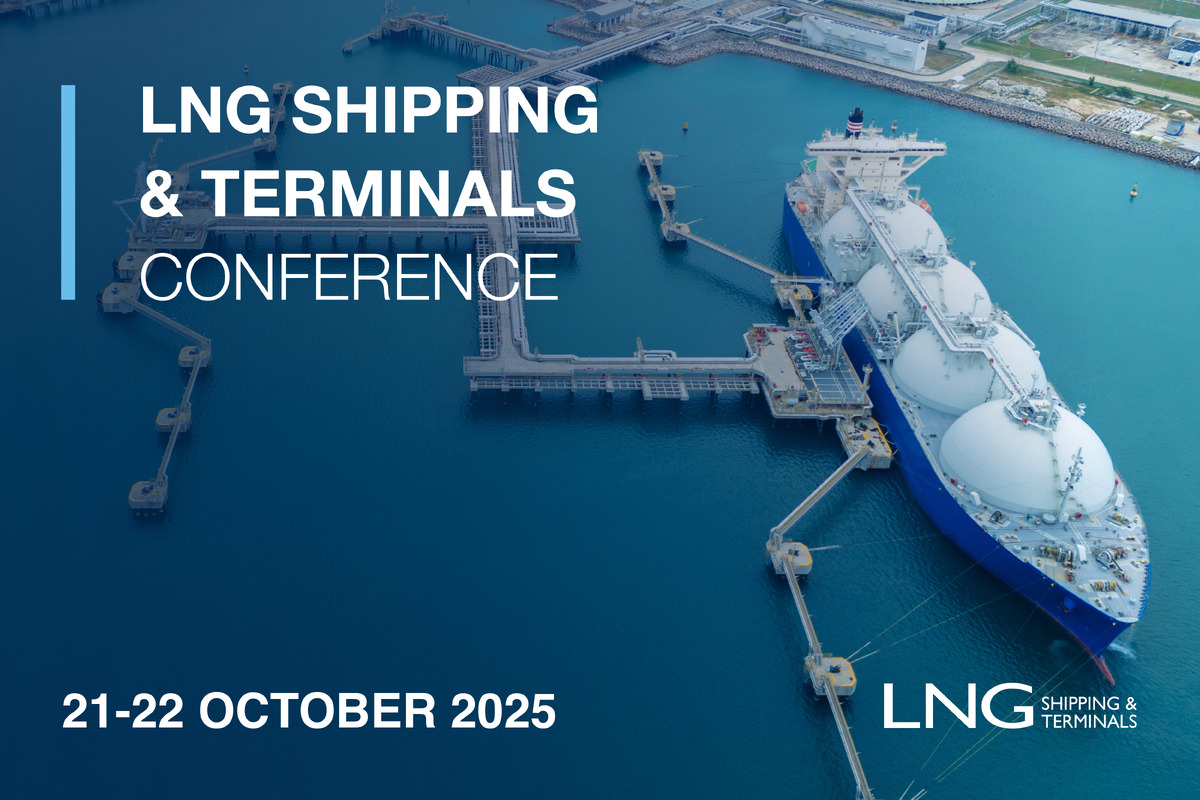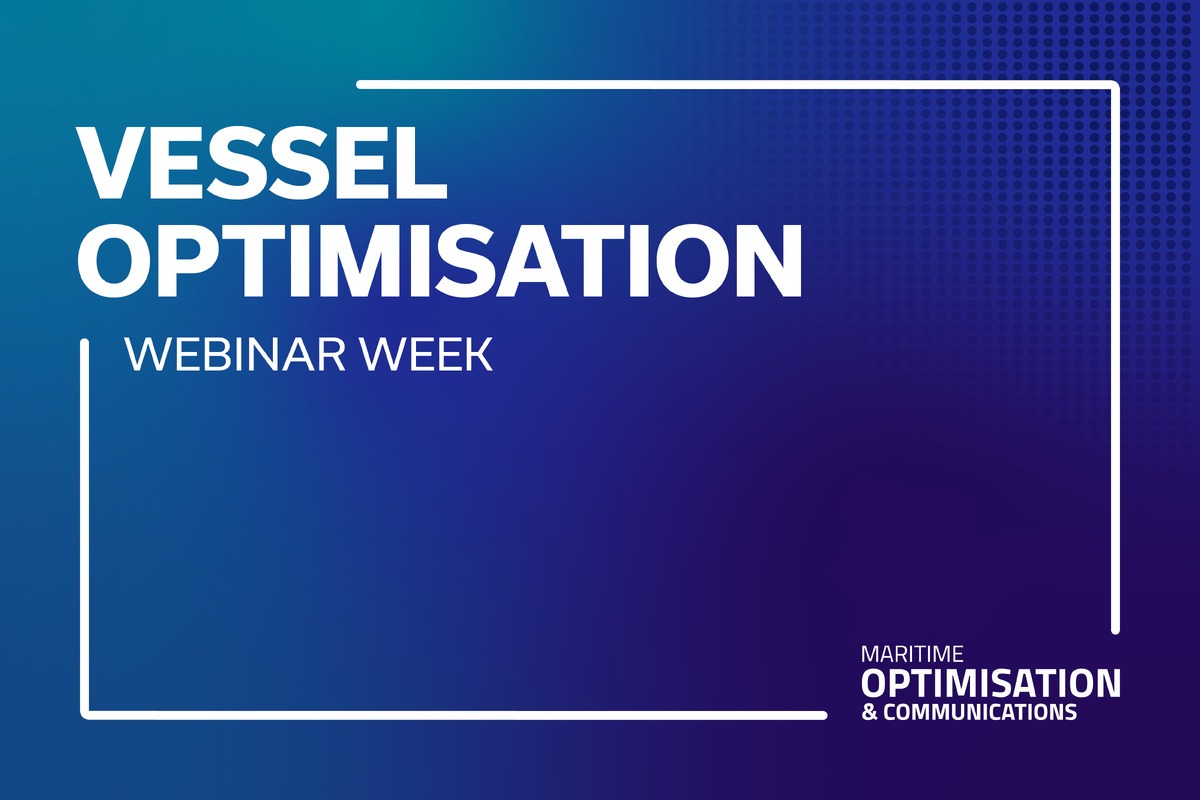Business Sectors
Events
Contents
Light at the end of the tunnel
With cruise ships being grounded and dismantled at shipbreaking facilities in Turkey, the CDC has offered a lifeline in the form of the Framework for Conditional Sailing Order
Social media has been bristling with images and video of decommissioned cruise ships being grounded and dismantled at shipbreaking facilities in Aliaga, Turkey. It is a heart-breaking sight to see but brings home the stark reality and impact of the global pandemic and the pause in cruising. Among those ships being recycled are Carnival’s Fantasy-class liners, Carnival Fantasy, Carnival Imagination and Carnival Inspiration – vessels I remember fondly watching being built and launched with much fanfare.
The trio are part of a fleet optimisation effort post-Covid-19 undertaken by Carnival, which plans to dispose of 18 of its older, less efficient cruise ships. Ten of the ships have already left its fleet. Those 18 ships represent approximately 12% of pre-pause capacity and only 3% of operating income in 2019.
Carnival is also pumping the brakes on its newbuilding schedule, slowing its new capacity entering the market. Carnival will stretch out its newbuild schedule, adding only five of nine newbuilds that were originally scheduled to be delivered prior to the end of fiscal year 2021.
The world’s largest cruise line, Carnival Corp posted a net loss of US$2.9Bn in Q3 2020.
But as 2020 draws to a close, there is light at the end of the tunnel for cruising. The US Centers for Disease Control and Prevention (CDC), which issued the No Sail Order on 14 March following coronavirus outbreaks on several cruise ships, has released a Framework for Conditional Sailing Order. The framework replaces the No Sail Order, taking a phased approach to the resumption of passenger ship operations.
Under the order – which replaces CDC’s No Sail Order as of 30 October – testing and additional safeguards would be put in place to protect the crew and passengers, including adding onboard laboratories for coronavirus testing.
Cruise lines would also have to conduct simulated voyages to test cruise ship operators’ ability to mitigate Covid-19 risk, certification for ships that meet specific requirements, and return to passenger voyages in a manner that mitigates Covid-19 risk among passengers, crew members, and communities. The phases are subject to change based on public health considerations and cruise ship operators’ ability to mitigate Covid-19 risk, said the CDC.
The order applies to all commercial passenger vessels that carry more than 250 passengers overnight on board operating in US waters, or cruise ships operating outside of US waters if they intend to return to US waters while the order remains in effect. The framework is effective until the expiration of the US Secretary of Health and Human Services’ declaration that Covid-19 constitutes a public health emergency, the CDC director rescinds or modifies the order or 1 November 2021, whichever is earliest.
Cruise Lines International Association, which represents some 95% of the global cruise shipping industry, is reviewing the CDC’s framework order. It has also developed its own US return to sail plan in consultation with science and health experts and submitted those recommendations to the CDC.
What it all boils down to is creating a safe environment for passengers and crew, mitigating risk through increased health screening and testing prior to embarkation, improved sanitation and ventilation on board, monitoring controls on shore excursions, and providing contingencies for onboard treatment and evacuation.
Among the measures are recommendations to wear face coverings, capacity restrictions, upgrade HVAC systems with MERV 13 filters, employ social distancing, expand medical treatment facilities and improve contact tracing.
Clearly, there is still pent-up demand for cruising, as evidenced by some of the advanced bookings in the second half of 2021. Getting the US$150Bn cruise shipping industry back sailing in a pandemic is no small task. But with the proper health and safety measures in place, cruising can resume in the New Year, providing passengers with the vacation experiences they want and expect.
Related to this Story
Events
Offshore Support Journal Conference, Americas 2025
LNG Shipping & Terminals Conference 2025
Vessel Optimisation Webinar Week
© 2024 Riviera Maritime Media Ltd.
